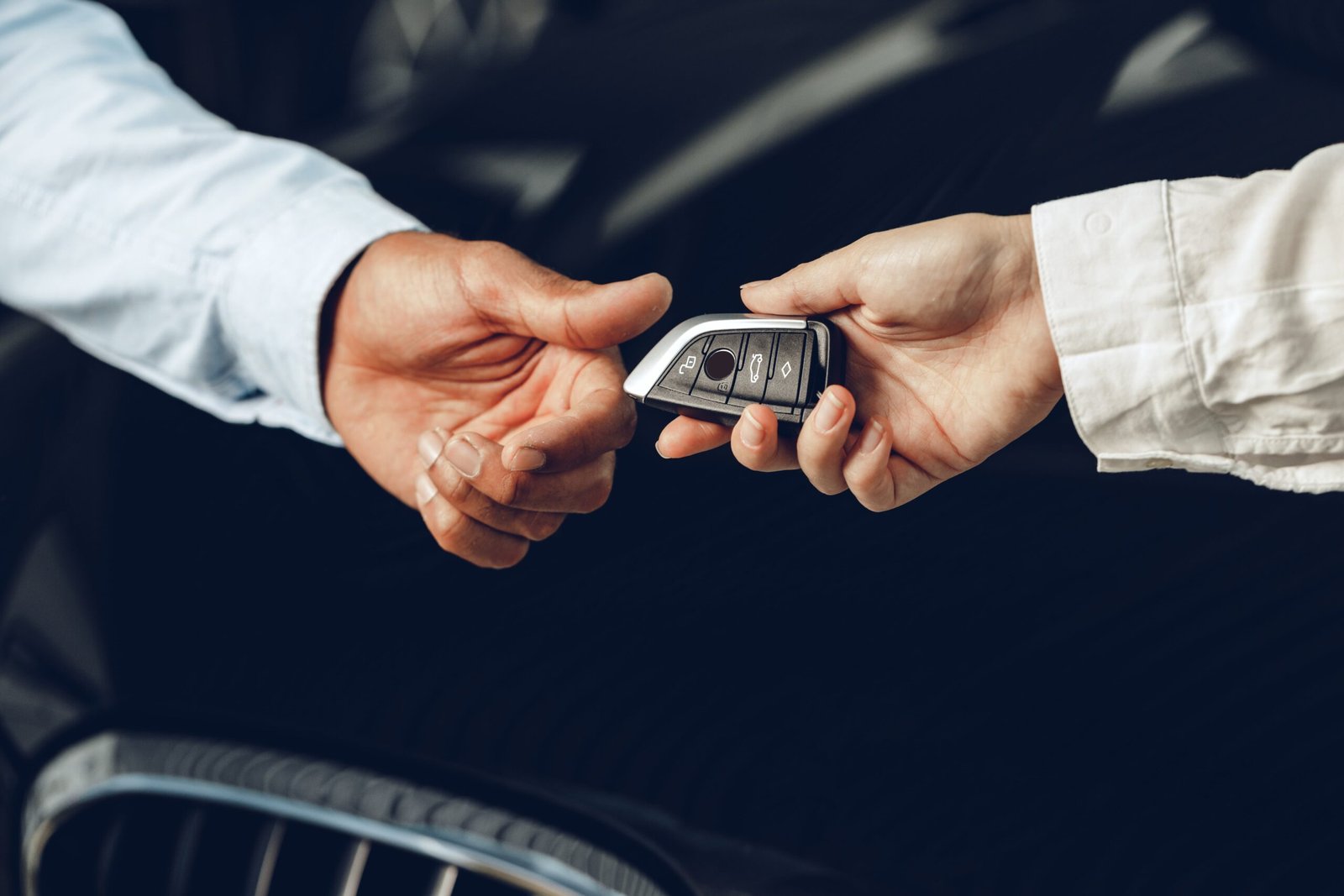Reprogramming a Car Key: A Comprehensive Guide
Car keys have developed substantially over the years, transitioning from easy mechanical keys to advanced electronic devices incorporated with advanced security features. One of the necessary skills every car owner should have is the capability to reprogram their car key, whether due to loss, breakdown, or simply upgrading to a newer model. This post dives into the reprogramming process, discussing its value, the actions involved, and resolving often asked questions concerning car key reprogramming.
Comprehending Car Key Technology
Before exploring how to reprogram a car key, it is crucial to comprehend the different types of car keys readily available today.
Kinds Of Car Keys
- Conventional Mechanical Keys: Simple metal keys that have no electronic components.
- Transponder Keys: These contain a chip that communicates with the car's ignition system to prevent theft.
- Remote Keys: Often geared up with locks, unlocks, and panic buttons, these keys permit distance access to the vehicle.
- Smart Keys: Advanced innovation permits these keys to start the engine without physical insertion into the ignition system and often consist of functions like keyless entry.
Why Reprogram a Car Key?
There are a number of scenarios in which a car owner may require their key to be reprogrammed:
- Loss of Keys: When keys are lost and require to be changed, programming is needed to guarantee the new key deal with the vehicle.
- Malfunctioning Key: Sometimes keys stop working due to battery failure or damage.
- Buying a Used Car: To improve security, reprogramming guarantees that only the new owner has access to the vehicle.
- Adding New Keys: For families or car-sharing situations, programming additional keys for authorized users is necessary.
Steps to Reprogram a Car Key
Reprogramming a car key varies by producer, model, and year, but numerous general steps can be followed to achieve this job. Below is a helpful outline of what the reprogramming process may involve:
Step-by-Step Guide
Step 1: Gather Necessary Materials
- The car's original key (if offered)
- The brand-new key that needs reprogramming
- Owner's handbook (for specific guidelines)
- A working car battery to prevent disruptions
Step 2: Locate the OBD II Port
The On-Board Diagnostics (OBD II) port is usually located under the control panel near the driver's seat. you could try this out is vital for linking diagnostic tools and is in some cases utilized for key programming.
Step 3: Insert the Key into the Ignition
Insert the initial key into the ignition and turn it to the "ON" position. Nevertheless, do not start the engine yet. This action often triggers the vehicle's computer system systems.
Step 4: Use the Reprogramming Tool (if required)
In some cases, car owners may need to utilize an OBD II key programming tool linked to the OBD II port. Follow the on-screen prompts to input information about the vehicle.
Step 5: Follow the Specific Programming Procedure
Consult the owner's manual or look online for particular programming guidelines for your vehicle's make and model. Common approaches frequently involve turning the brand-new type in the ignition a particular variety of times or pressing buttons on the remote.
Step 6: Test the New Key
Once the key has been programmed, test it to ensure it works appropriately. Examine functions like locking, unlocking, and beginning the engine.
Step 7: Erase Old Keys (if necessary)
For security factors, some models enable the erasure of old keys from the car's memory, ensuring that they are no longer practical.
Table 1: Key Reprogramming Instructions by Vehicle Type
| Vehicle Type | Guideline Type | Programming Method |
|---|---|---|
| Ford | Use a key fob | Turn the key to "ON" 8 times |
| Chevrolet | Transponder key | Cycle ignition 5 times |
| Honda | Remote key | Place key, press lock 4 times |
| Toyota | Smart key | Utilize a remote starter tool |
Repairing Common Issues
While reprogramming a key can frequently be straightforward, certain problems can complicate the process. Here are some common issues car owners might experience:
- Key Not Recognized: Ensure the brand-new key is compatible with the vehicle.
- Battery Issues: A dead key fob battery can prevent successful programming.
- Faulty Key Fob: Physical damage to the key fob might inhibit functionality.
Often Asked Questions (FAQs)
Q1: Can I reprogram my car key myself?
Yes, many automobiles enable owners to reprogram the key themselves, but the process varies by make and model.
Q2: What tools do I require for reprogramming?
Typically, you need the initial key, the brand-new key, and perhaps an OBD II key programming tool for particular modern-day vehicles.
Q3: Is it essential to visit a car dealership for key reprogramming?
Not always. While dealers can reprogram keys, some models allow DIY programming. Inspecting your owner's manual is suggested.
Q4: How much does it cost to have a key reprogrammed?
The rate differs extensively, with dealer services ranging from ₤ 50 to ₤ 250, while local locksmith professionals may charge less.
Reprogramming a car key is a vital skill that can conserve car owners money and time. With a basic understanding of key types, clear programming steps, and helpful troubleshooting pointers, vehicle owners can with confidence manage their car key problems. By knowing when to seek expert assistance and comprehending the requirements of their specific key type, people can preserve the security and performance of their vehicle for years to come.

